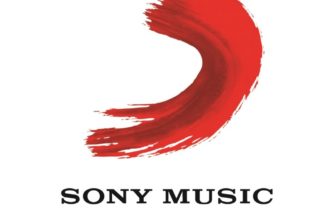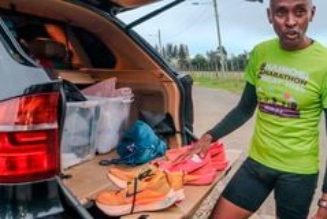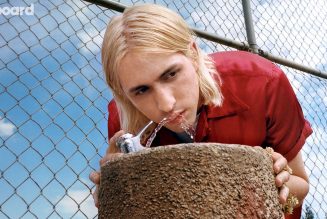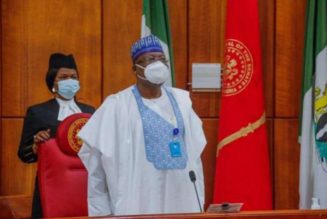Visual Arts
Re-imagining history: Five artists capture the wisdom of the past
Friday September 08 2023

Ebrah’s Queen in Mwacha Mila’ at Nairobi National Museum, August 25, 2023. PHOTO | POOL
Mwacha mila ni mtumwa is a Swahili proverb which, loosely translated, means ‘He who leaves his traditions is a slave’.
It is also the name of the art exhibition of five young Kenyan artists from Eastlands who got together around the idea of illustrating the concept embedded in the proverb into pre- and post-colonial imagery.
Opened last weekend at Nairobi National Museum’s Creativity Gallery, all five were on hand to get their viewers involved in an interactive exercise.
“We presented them with a large blank sheet of paper and then invited them to make their mark on that page using oil pastels available to get them involved directly in the creative process. The only condition we gave them was that they ought to first check out the show before they responded to the paintings they have seen,” Joyce Kuria told BDLife.
The five artists were Joyce Kuria, Daisy Buyanzi, and Husna Nyathira as well as Daddo Omutiti and Ebrah Ndungu.
“We have known each other for a while, having met at exhibitions and in the streets where one or more of us was making murals and graffiti art,” says Joyce who was instrumental in proposing they have an exhibition together.

Daisy and Joyce Kuria paint together as ‘wet paint’ in ‘Mwacha Mila” at Nairobi National Museum on August 25, 2023. PHOTO | POOL
Four of the five identify themselves as ‘self-taught’ artists with the fifth having studied fine art at Kenyatta University.
Ebrah was at the university briefly but left in less than a year, having felt it was a waste of time. He had already seen how the Kenyan art world was thriving outside universities’ hallowed halls and wanted to be part of it.
Daisy studied accounts at USIU and got a degree. But her heart had always been in painting which is how she met Joyce and Husna at the Studio Soko in South B. They have been collaborating ever since.
Husna had studied IT and initially was shifting to digital art when she met Joyce and Daisy. Now they work together, but she also does other things like book illustrations and Virtual Reality work.
Daddo started painting later than the rest. But he has moved quickly to create his unique style. Both he and Ebrah have been influenced and inspired by the trio of graffiti artists, BSQ. Daddo also references Swift 9 as a mentor.
Graffiti has influenced all of these artists. But Joyce says science fiction has seeped into several of her paintings. That is how she painted a cyborg [half human, half machine].
Her cyborg initially looks like several other of her men, attired in traditional garbs; but if you look closely, you can see that one has a pair of sunglasses which are his cyborg insignia.
She teamed up with Daisy to form the team, Wet Paint. The two have developed their style of blending the traditional with the post-modern in which traditional male figures appear surrounded by images of computer motherboards.
All of Daddo’s lovely portraits of women look like they are hot-wired, perhaps to have sci-fi-styled means of communicating telepathically.
And both their and Husna’s plants are beautiful. But at the same time, they look like they could have been genetically modified to be to be lab-grown food when the future arrives.
Meanwhile, Daisy’s masked men and women still dwell in beautiful leafy green, untamed jungles. Yet again, if you look closely, you will see that her characters, like Ebrah’s and Husna’s, are living in pre-climate change environments. Alternatively, their imagery also has a sort of surrealistic, science fiction-like vibe.

Daisy’s and Joyce’s Cyborg at Nairobi National Museum on August 25, 2023. PHOTO | POOL
About the media used by the five, Ebrah works almost entirely in acrylic paints, used to create bold expressions of faces that feel electrified. Only his mwana wa mumbi uses mixed media. This is in contrast to the others.
Daisy for instance used a mixture of media including kitenge fabric while the Wet Paint duo team worked in mixed media, including wooden sticks as in a work like ‘Beyond’ using the sticks to create pre-colonial-like shields containing faces of post-modern faces of men.

Poster for Mwacha Mila designed by the team, at Nairobi National Museum on August 25, 2023. PHOTO | POOL
Both Husna and Joyce have moments when they paint in watercolours, although Joyce blends her watercolours with pen and ink to reveal her skill as a draftswoman.
In all, Mwacha Mila is an exhibition that should not be missed.









